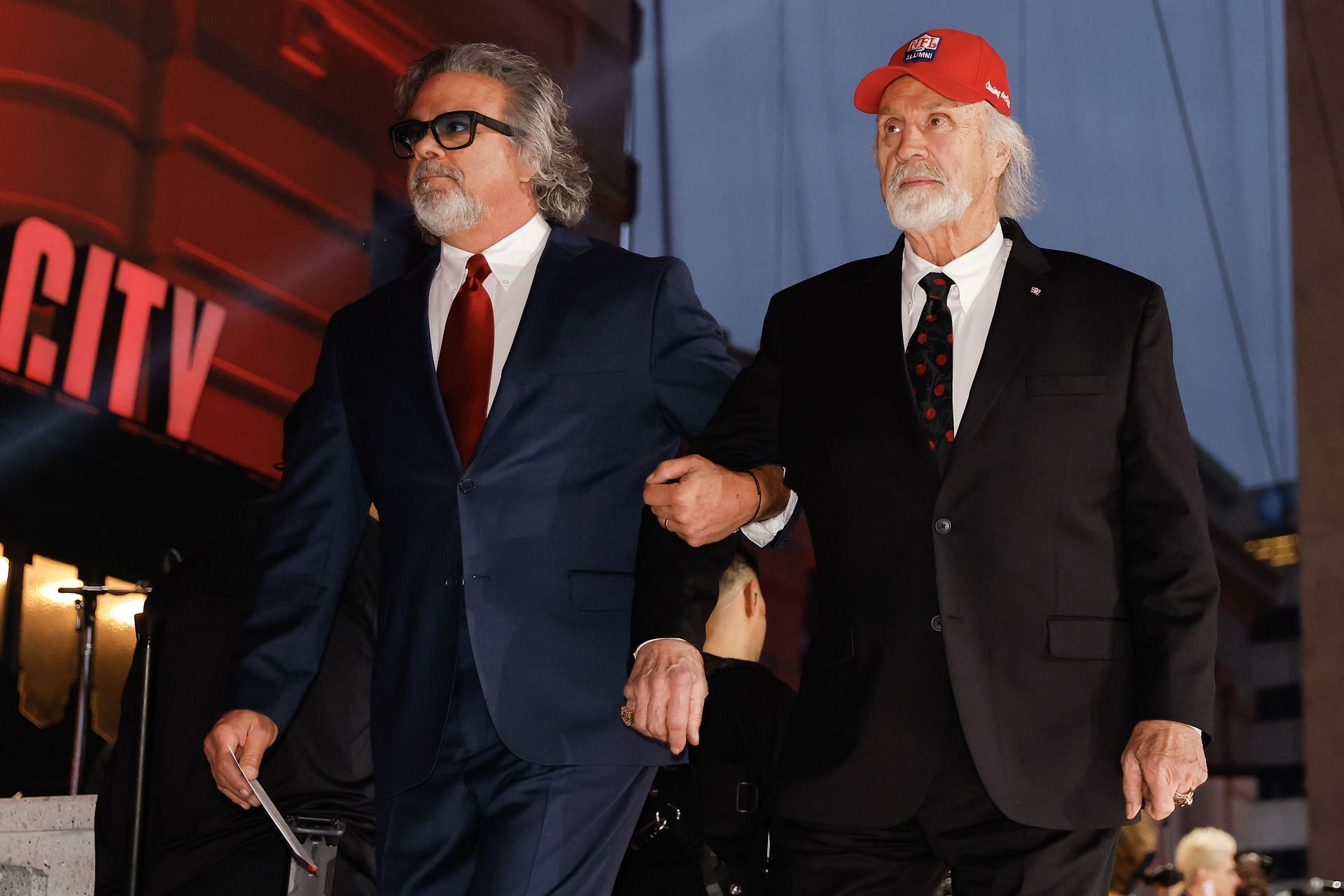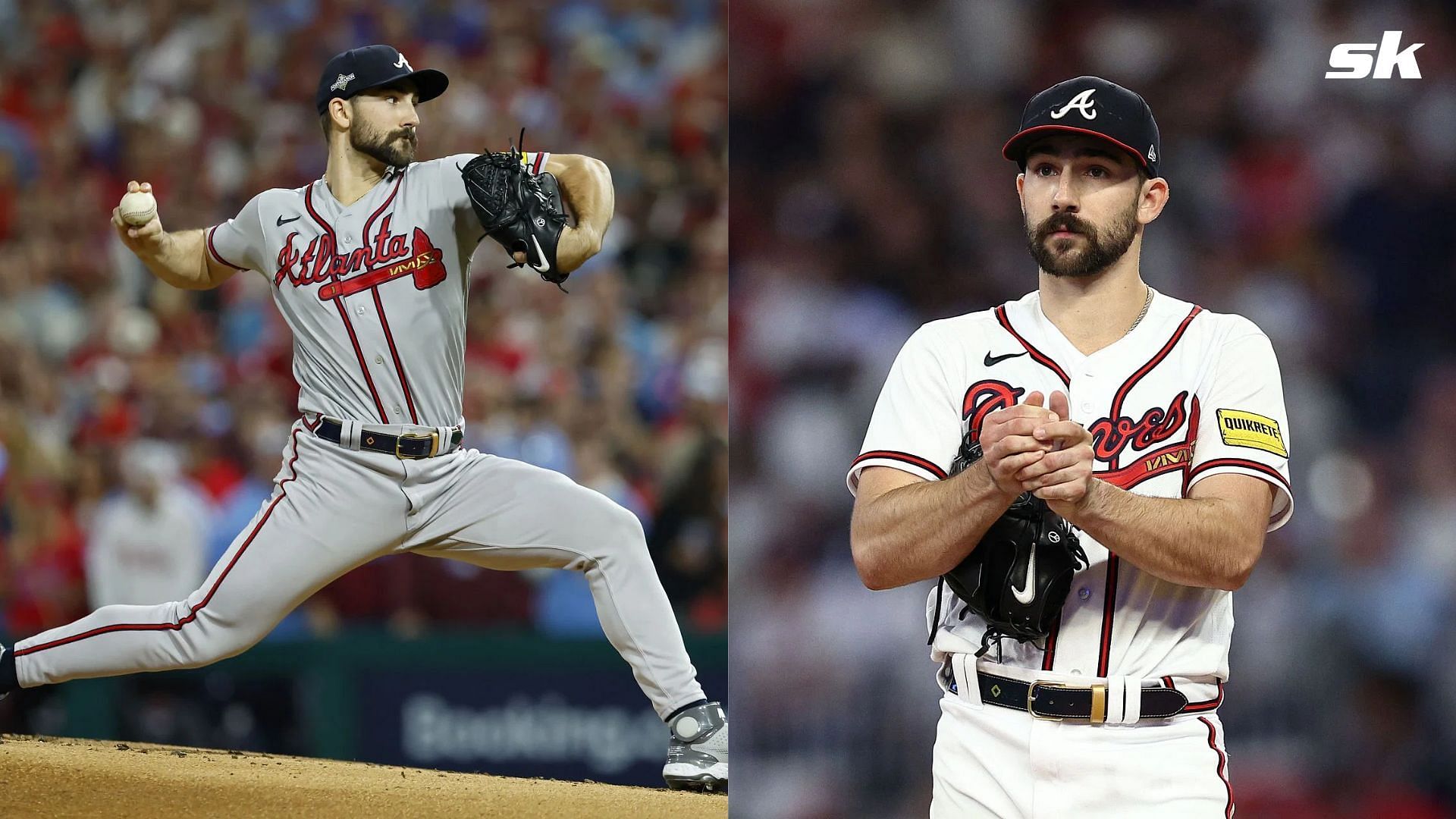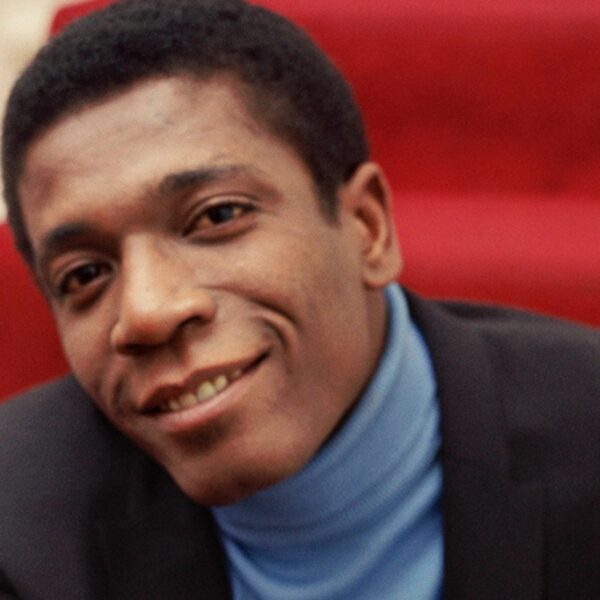Rory McIlroy nearly choked away the Masters in three different stretches on Sunday alone.
Yet I think about the second shot on the par-5 15th, and I can’t access the part of my brain that dispenses snark.
“He didn’t even make the eagle putt that shot set up!” you may crack. “He still nearly blew it!”
Sure. Cool. The second shot on No. 15 didn’t win him the Masters, but it absolutely pulled him out of a tailspin and allowed him to stop giving the Masters away.
And with that fifth major victory — completing his career Grand Slam and capping a week when he carded four double bogeys, two on Thursday and two on Sunday — McIlroy removed any doubt that he is the greatest golfer we’ve seen since Tiger Woods. Resilient and complicated and human as he is, McIlroy belongs in the pantheon of greatest golfers of all time.
We want our sports stars to be tough. Coming back from “adversity,” as we label its many forms, is something we deem important to our narratives. Woods himself was a golfing machine in the early 2000s and became far less robotic, far more likable, when he recovered from a series of injuries and personal mistakes to win tournaments again in the late 2010s.
Think of the failures McIlroy has had to endure and the ridicule he’s received from a pocket of golf fans. A nearly 11-year major championship drought. Blowing Sunday leads at the 2023 and 2024 U.S. Opens — the latter to Bryson DeChambeau, a face of LIV Golf and his playing partner again Sunday. McIlroy lost fans during the whole PGA-LIV melodrama, and for a while the weight of that civil war was affecting his golf, too.
To open the final round of the Masters with a double bogey — to immediately hand over your two-shot cushion on DeChambeau — prompted a “Here we go again” from his supporters and detractors alike. But, stating the obvious, it also made for compelling television: far better to watch a potential train crash than a runaway win.
He clawed his way back into the lead only to make a bogey at No. 11, another double at No. 13 and a bogey at No. 14. He officially lost the lead, dropping one behind Justin Rose and Ludvig Åberg. And with the burden of everything mentioned above, we were in spiral mode.
At the closing leg of Amen Corner, McIlroy stepped to his ball under a low-hanging tree branch and hit a powerful draw that curled right to left around the tree, carried the water and hit the green, rolling to 6 feet from the cup, where he two-putted for birdie.
The next shot of his life — he had three or four of those Sunday afternoon — was his perfect approach at No. 17 that settled 2 feet away, setting up the birdie that put him back in the solo lead.
Of course, he didn’t make it easy on himself, missing a 5-foot par to win the green jacket in regulation — the third “choke” of the day. He gave his buddy Rose a chance in a playoff, and after Rose hit his approach to 15 feet, McIlroy spun his back to a mere 4.
“One of the strangest rounds I’ve ever seen,” CBS announcer Jim Nantz said at that moment.
For every back-breaking mistake, McIlroy had an answer.
Because this was how McIlroy finally won the Masters — multiple big mistakes, drama dialed up to 11 — there are still about 30 LIV bots on Twitter who will mock him. But I’d argue shrugging off your bad holes and moving on to the next is what golf is all about, whether you’re duffing it around the county course or competing at a major.
I think that’s what’s so attractive about what McIlroy achieved Sunday, and why so many tuned in to watch what will go down as one of the best Masters of all time.
Sam Snead, Arnold Palmer, Tom Watson and Phil Mickelson came up short of a career Slam. The list is Gene Sarazen, Ben Hogan, Gary Player, Jack Nicklaus, Tiger Woods — and Rory McIlroy.














